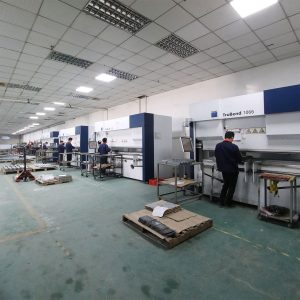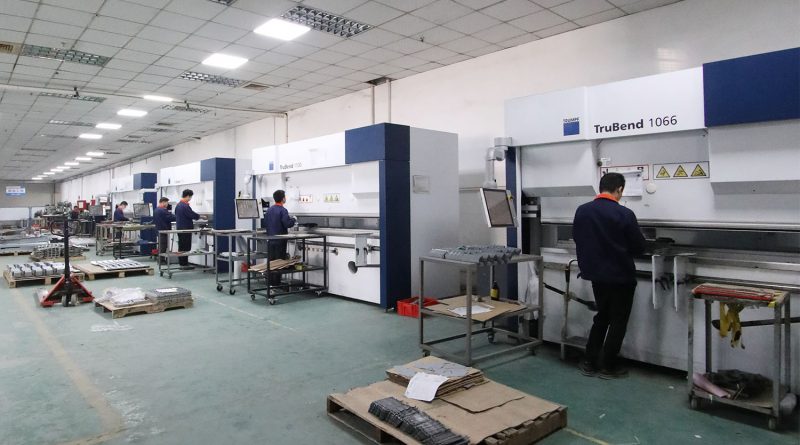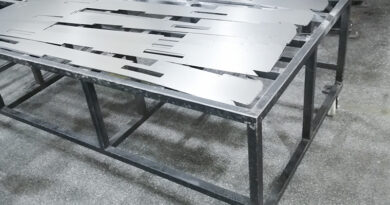Which tool is used to bend sheet metal?
The primary tool used to bend sheet metal is a brake, specifically a press brake or a manual sheet metal brake. There are different types of brakes depending on the precision and scale of the job:
Press Brake: A machine that uses hydraulic or mechanical force to bend metal into a desired shape. It is often used in industrial settings for precise and repetitive bends.
Manual Sheet Metal Brake: A simpler, hand-operated tool for bending smaller or thinner sheets of metal. It’s commonly used for lighter work or custom projects.
Pan Brake or Box-and-Pan Brake: A variation of the manual brake, this tool allows for creating complex bends like box shapes by removing or adjusting certain parts of the brake.
Other tools, such as rollers (for curved bends) and metal benders, can also be used depending on the specific type of bend needed.
Sheet metal bending machines come in a variety of types, designed for different kinds of bends and materials. Some of the most common machines used in sheet metal bending include:
1. Press Brake
Function: A press brake is a machine that bends sheet metal using hydraulic, mechanical, or electric power. It has a V-shaped die and punch where the sheet metal is pressed to create precise bends.
Types:
Hydraulic Press Brake: Uses hydraulic power to apply force on the sheet metal.
Mechanical Press Brake: Uses mechanical components for the bending operation.
CNC Press Brake: Computer Numerical Control (CNC) machines are programmable and capable of highly accurate, complex bends.
2. Folding Machine
Function: This machine clamps the metal and then lifts it along a predefined angle to create the bend. It’s often used for larger or longer sheet metal pieces.
Advantage: Provides high accuracy, especially for large panels.
3. Roll Bending Machine
Function: This machine bends metal into curved or cylindrical shapes by passing the sheet metal between rollers.
Types:
Three-Roll Bending Machine: Most common, with three adjustable rolls.
Four-Roll Bending Machine: Provides more control over the rolling process.
4. Slip Roll Machine
Function: Similar to the roll bending machine but generally used for smaller projects and thinner metal sheets. It creates smooth curves or cylinders.
Types: Manual, electric, and hydraulic slip roll machines.
5. Box-and-Pan Brake (Finger Brake)

Function: Used for creating box shapes by adjusting removable fingers. The segmented “fingers” allow for more flexible bending configurations than a standard brake.
6. Section Bending Machine
Function: A specialized type of bending machine used for bending metal beams, channels, or sections into curved shapes.
7. Swing Beam Shear
Function: Primarily a cutting machine, but some variations also allow for limited bending operations.
8. Wiping Die Bending Machine
Function: This machine uses a punch and a die. The sheet is placed in the die, and the punch applies pressure to form the bend.
9. Air Bending Machine
Function: Bends metal by pressing it between a punch and a die with a gap in between. The depth of the punch determines the angle of the bend.
10. V-Bending Machine
Function: Uses a V-shaped die and punch to create sharp or shallow bends. This is one of the most common bending methods.
These machines vary in terms of precision, power, and the type of metal or thickness they can handle. The choice of machine depends on the type of material, the desired bend, and the production scale.
Click sheet metal fabrication company china or china sheet metal forming manufacturers to learn more about sheet metal fabrication services.
For all your electrical enclosures from China, contact Sheet Metal Fabrication Companies in China JIATONG now.




